How to prevent condensation from forming on your toilet cistern - 5 ways to get rid of your sweaty toilet
It's not just unsightly - condensation on your cistern can cause big problems in your bathroom


Condensation - by now it’s something you’re probably sick of seeing. If you’re like us at Ideal Home then you’ll always be on the hunt for ways to prevent it and luckily for you, experts have revealed how to prevent condensation from forming on your toilet cistern.
We’ve found some of the best ways to remove damp and condensation, but you could say prevention is always better than cure. And while condensation in your toilet cistern looks unsightly, it can cause damage to your bathroom over time. The sweating toilet drips down onto the floor, which can cause the flooring to rot and go mouldy - the last thing you want if you’ve spent hours curating your bathroom ideas.
We asked the experts the best methods for preventing condensation from building up on your toilet cistern and this is what they said.
What causes condensation on a toilet cistern?
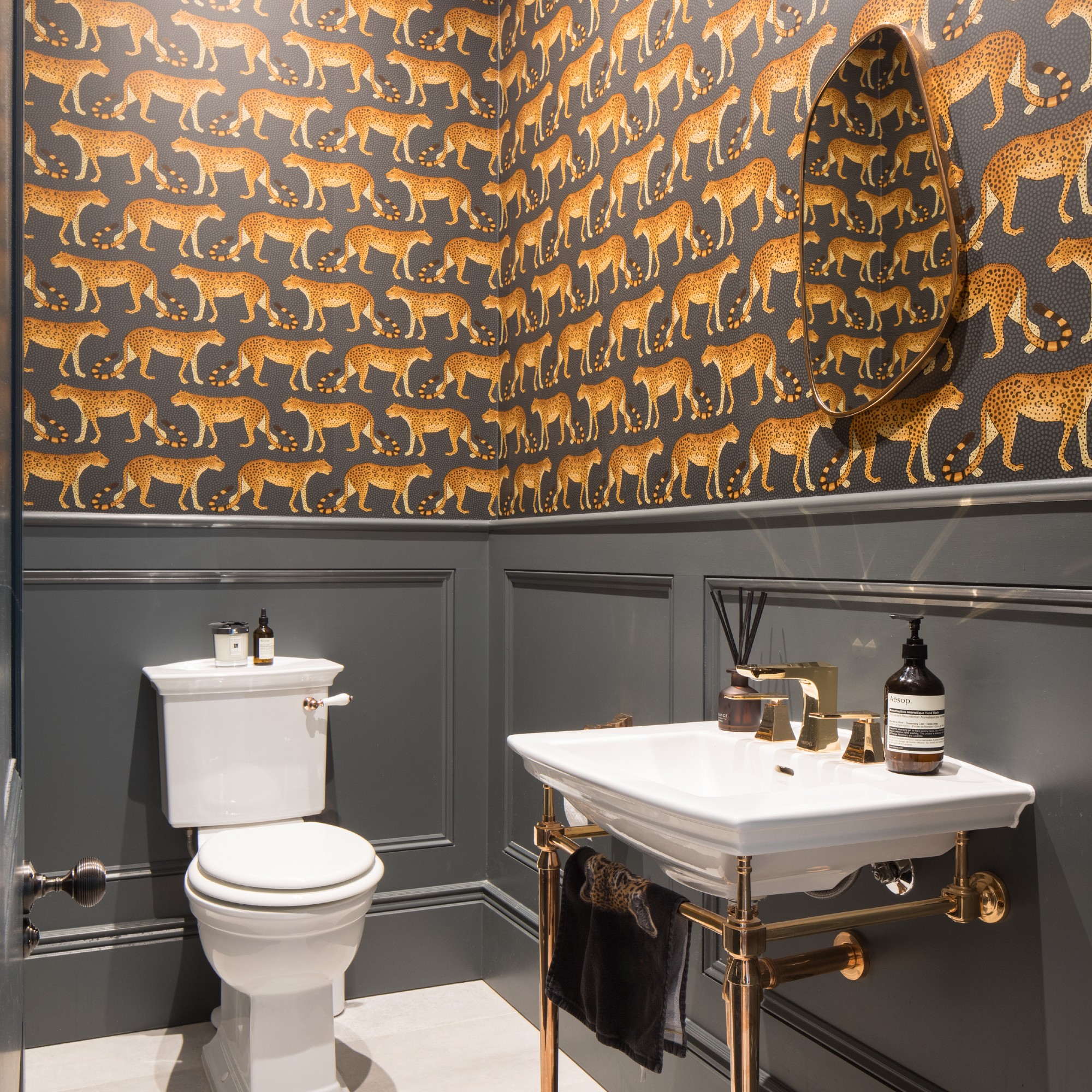
Condensation builds on your toilet as your porcelain is much colder than the humid air in your bathroom.
‘Condensation forms when warm, moist air in the bathroom meets the cold surface of the toilet cistern. The temperature difference between the cistern (usually filled with cold water) and the warm, humid air creates condensation as the moisture in the air turns into water droplets when it contacts the cold cistern surface,’ says Polya Petrova, a cleaning professional at Fantastic Services.
‘Several factors contribute to this, like humidity and high moisture levels in the air (from showering, baths, or even just humidity in the room), increase the likelihood of condensation forming.’
Poor ventilation and lack of air circulation can also encourage more condensation to form. So, without further ado, these are the preventative measures you can take to prevent condensation from forming on your toilet cistern.
1. Insulate the toilet cistern
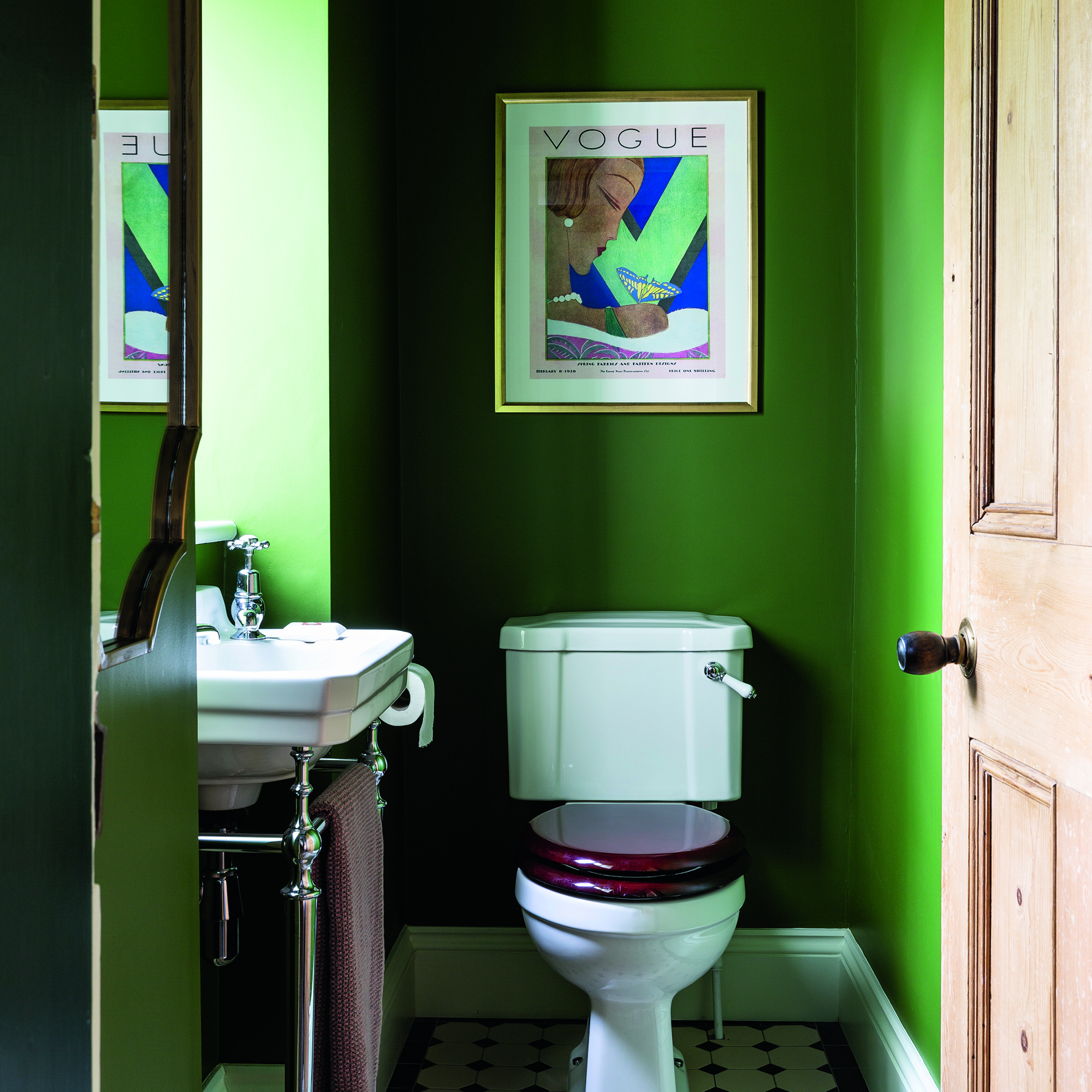
Insulating the inside of your toilet cistern can reduce condensation as the cistern is warmer.
‘The insulation acts as a barrier, keeping the cold water from cooling the tank’s exterior surface too much,’ adds Wesley Littlefield, Marketing Manager and household expert at Anglers.
Insulating liners can be picked up for under £20 at your local DIY store. ’Some toilet cisterns come with built-in insulating liners or you can buy a tank liner that prevents condensation by keeping the water temperature in the cistern more consistent,’ says Polya.
This method is more time-consuming, as draining the cistern, lining it, and glueing the insulation can be quite fiddly.

This insulation is made from closed-cell foam which is water reistant and made with antimicrobial properties which keeps this insulation resistant to mould and other damaging bacteria.
2. Regulate the temperature in your bathroom

Bathrooms are probably the most humid area of a home - especially after a shower - which is why you should regulate your temperature as much as you can.
After bathing or showering, it’s recommended you open the windows afterwards to encourage a flow of air in your bathroom. This reduces the presence of moisture and prevents condensation from forming on the cistern.
A heated towel rail can also help regulate the temperature of the bathroom as it warms the air, reducing the relative humidity. Ensuring good ventilation and that your bathroom is not too cold is key for keeping and damp and condensation-free bathroom.
3. Use a toilet cistern cover
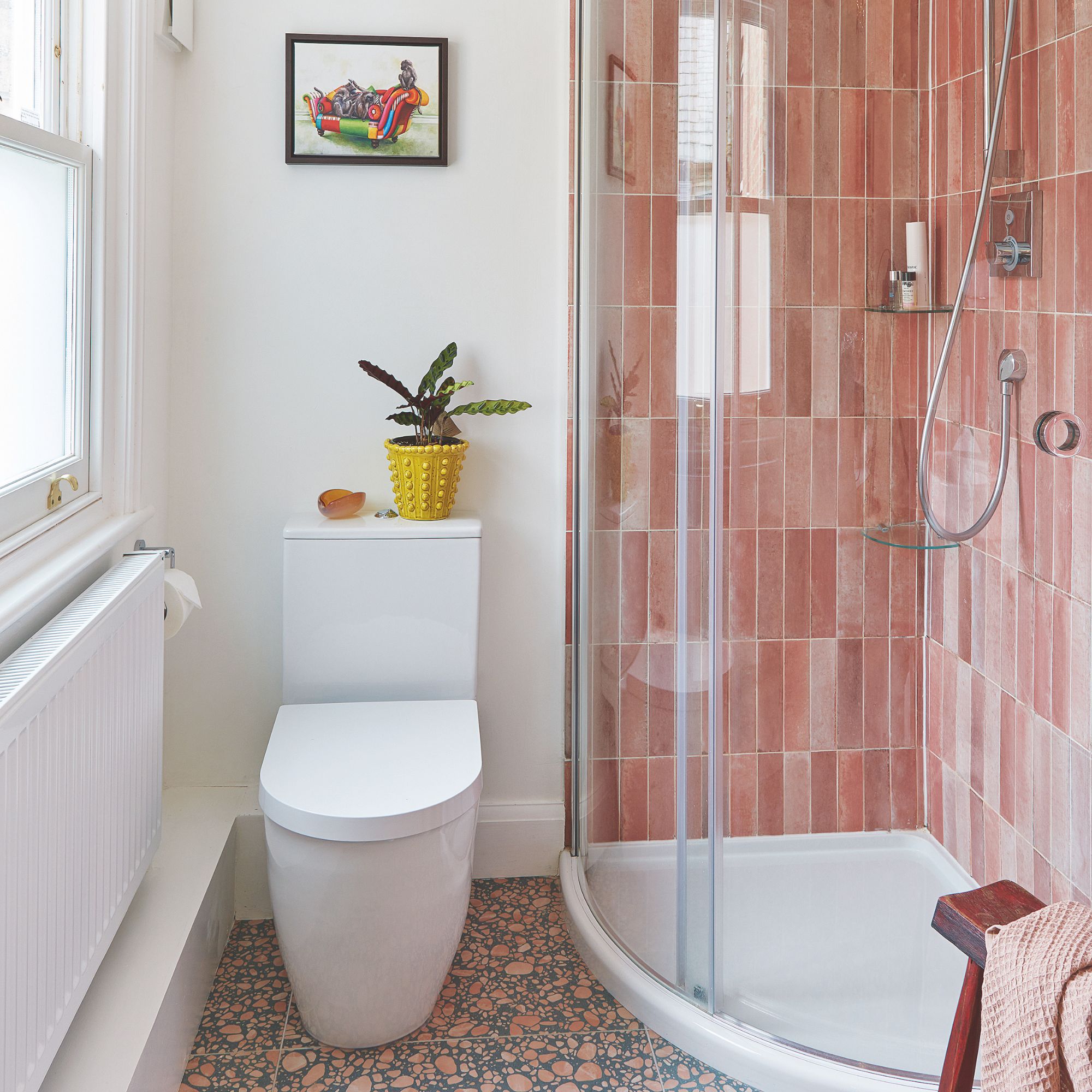
‘Cistern covers are often used in public restrooms or older homes to reduce condensation, but they can also help in residential settings. The cover traps the warmth inside, reducing the temperature difference that causes condensation,’ says Polya.
Cistern covers are typically made from a thick breathable fabric that can absorb the moisture that lands on the cistern. It can also provide some insulation to the cistern so less condensation forms. However, you must wash the cover regularly to prevent it from going damp and mouldy.
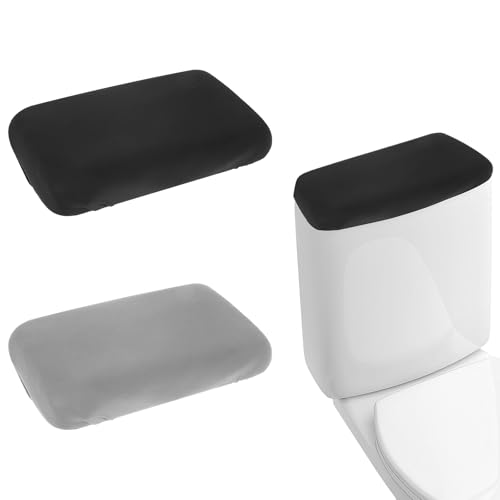
Opt for a neautral colourway to stay in line with your bathroom decor. This absorbant cover is made from high-quality milk silk, making it strong, stretchy and breathable.
4. Install a toilet drip tray
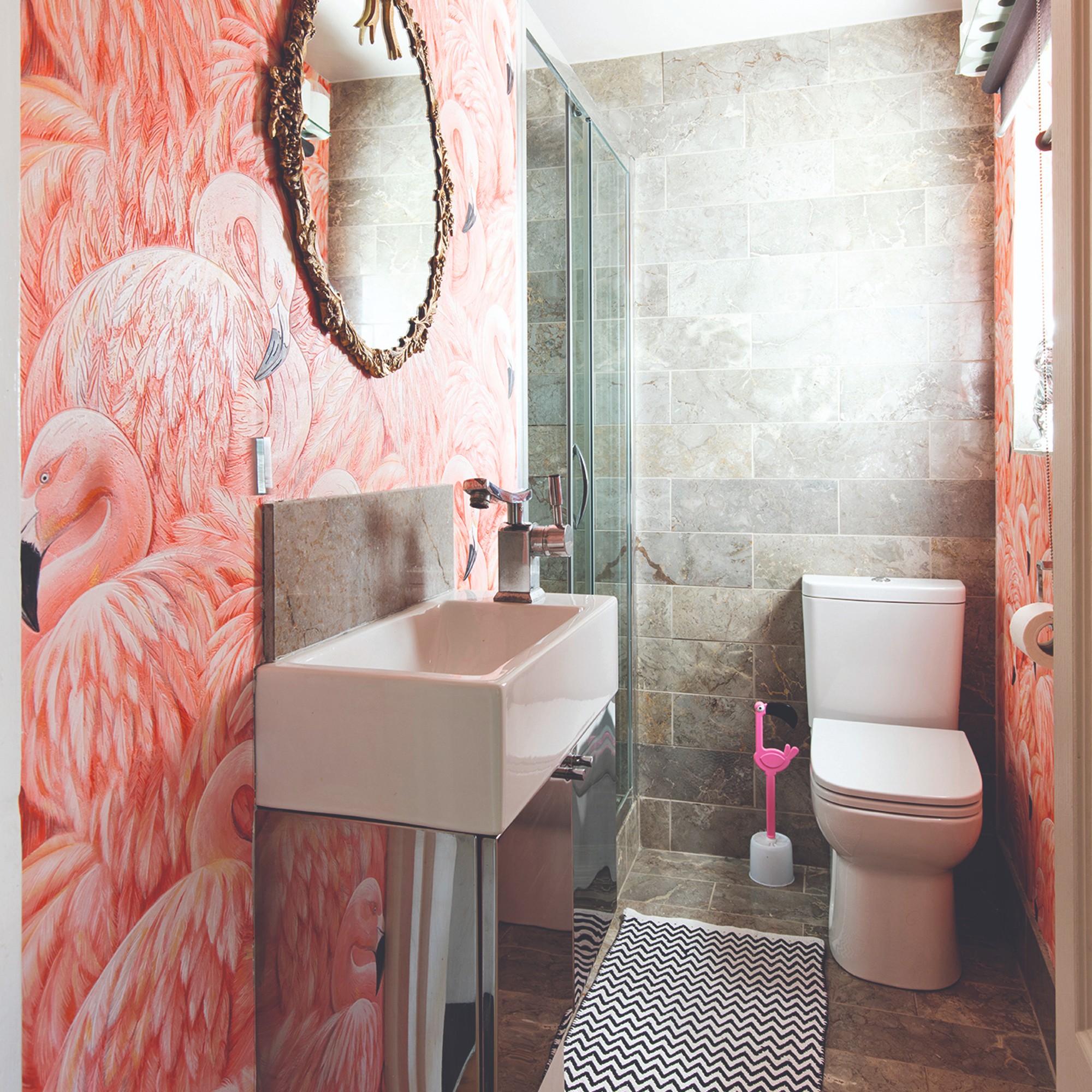
Toilet trays are not the most attractive solution, but they will stop condensation pooling on the floor.
‘If you’re looking for an immediate but short-term fix, using a toilet drip tray can also help. It doesn’t stop the condensation, but it does protect your floors and makes cleanup easier,’ says Wesley.
The drip tray fits directly under the cistern and catches the condensation while it drips down. While it will not solve the problem, it will protect your floors while you work on a more permanent solution.
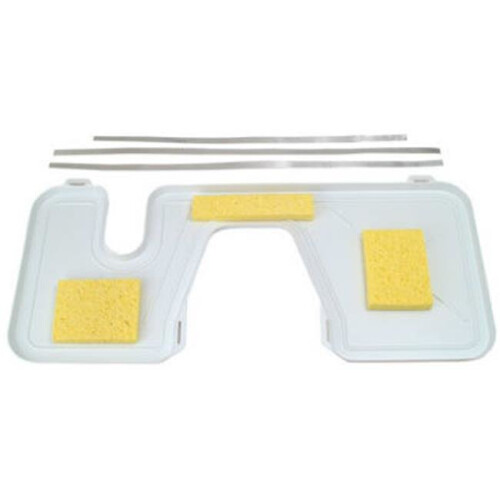
This catches the condestation as it drips off the cistern. It's not a long term fix but will prevent water from pooling on your floor.
5. Use a non-electric dehumidifier
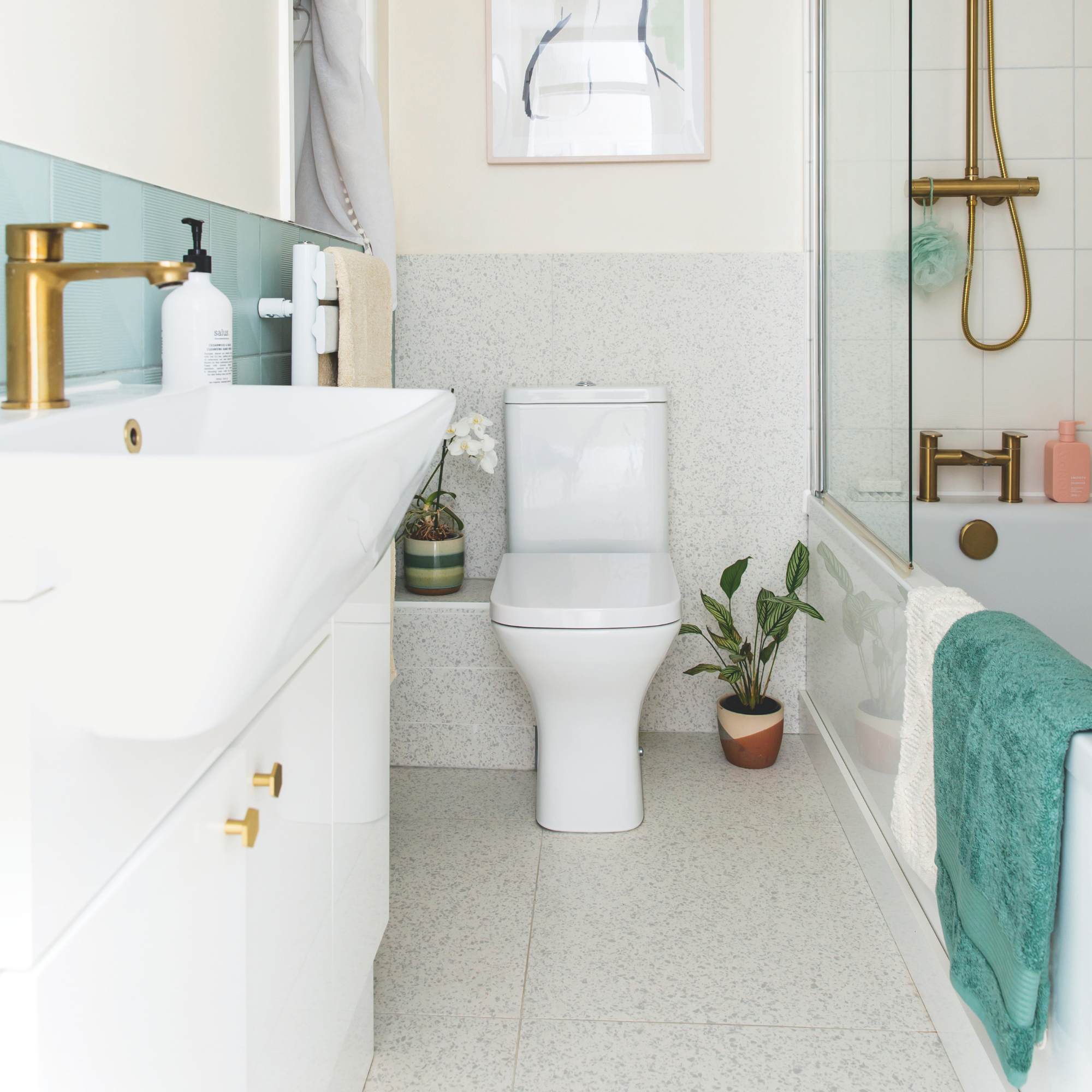
If you're wondering if you can use a dehumidifier in a bathroom, we’d recommend going for a non-electric option. The types of dehumidifiers use materials like silica gel to suck the moisture out of the air.
These types of dehumidifiers are ideal for small spaces like bathrooms as they require no electricity. If you do have an electric dehumidifier, we recommend positioning it by the bathroom door or checking your manufacturer's instructions to ensure it is safe to use in a bathroom.
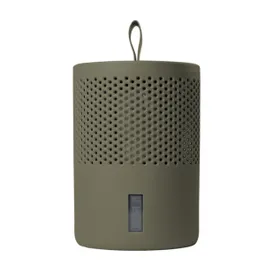
With a minimlaist and neutral colourway, this will blend into your space. It works in silence and is easily emptied of water when the indicator shows full - which is typically every 90 days.
No one likes dealing with condensation - but trying these easy methods could be the key to preventing condensation from forming on toilet cisterns.
Get the Ideal Home Newsletter
Sign up to our newsletter for style and decor inspiration, house makeovers, project advice and more.

Kezia Reynolds joined the Ideal Home team as News Writer in September 2024. After graduating from City, University of London in 2022 with a bachelor’s degree in journalism, Kezia kicked off her career spending two years working on women’s weekly magazines. She is always on the lookout for the latest home news, finding you the best deals and trends - so you don’t miss a thing!
-
 Wood drenching is the calming new twist on the colour drenching trend – here’s how to make the look work in your home
Wood drenching is the calming new twist on the colour drenching trend – here’s how to make the look work in your homeIt’s easier than ever to embrace natural materials
By Maddie Balcombe
-
 Aldi is launching a £200 day bed with four different features - its sleek design is suited to the whole family
Aldi is launching a £200 day bed with four different features - its sleek design is suited to the whole familyYou don't want to miss out on this Specialbuy
By Kezia Reynolds
-
 How to set up a drip watering system that saves water and a lot of effort
How to set up a drip watering system that saves water and a lot of effortKeep your plants hydrated (and your water bill down) with this clever garden watering solution
By Natalie Osborn
-
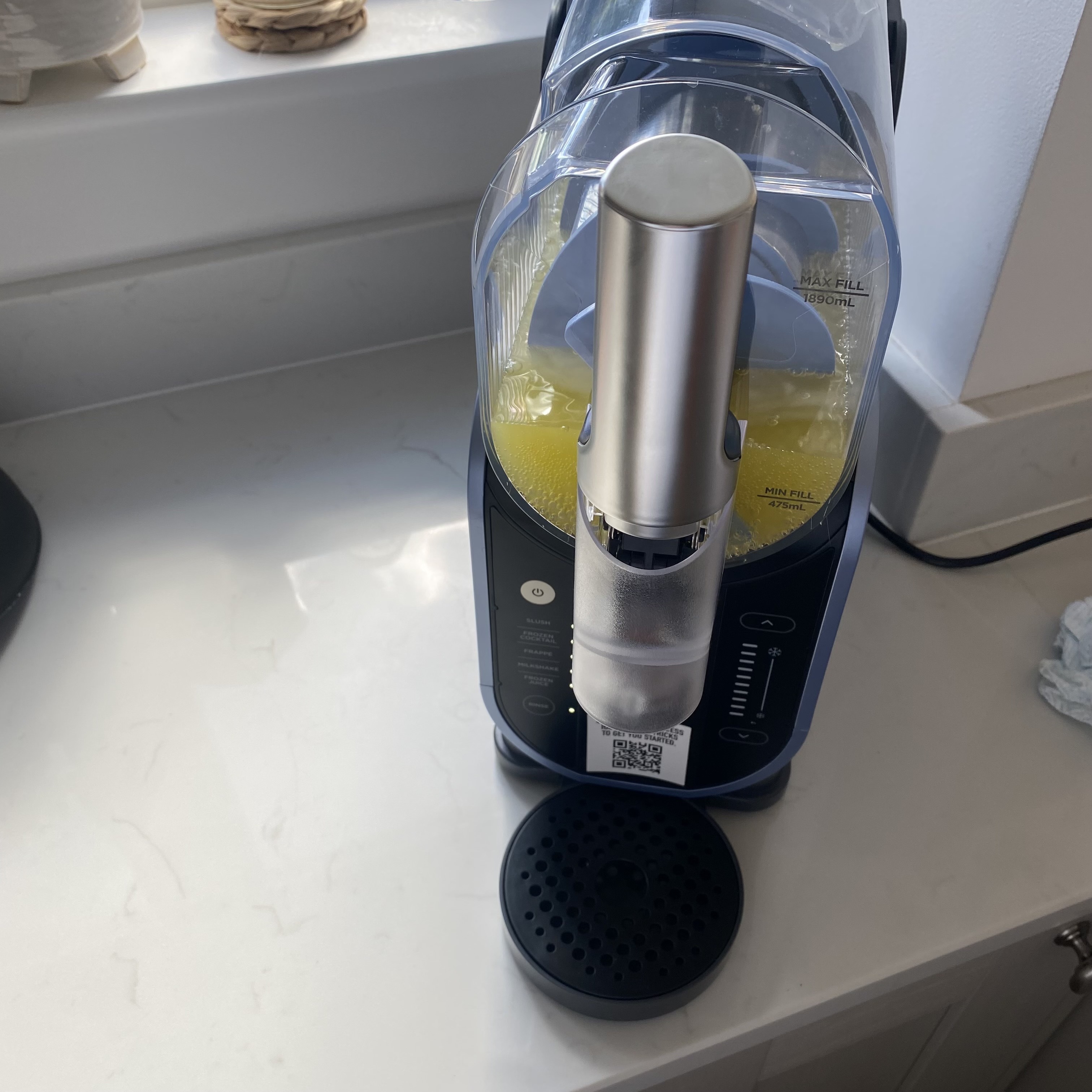 I've been waiting to try out the Ninja Slushi for months – this is what happened the first time I tried it
I've been waiting to try out the Ninja Slushi for months – this is what happened the first time I tried itThe Ninja Slushi is the stuff of dreams for summer entertaining
By Molly Cleary
-
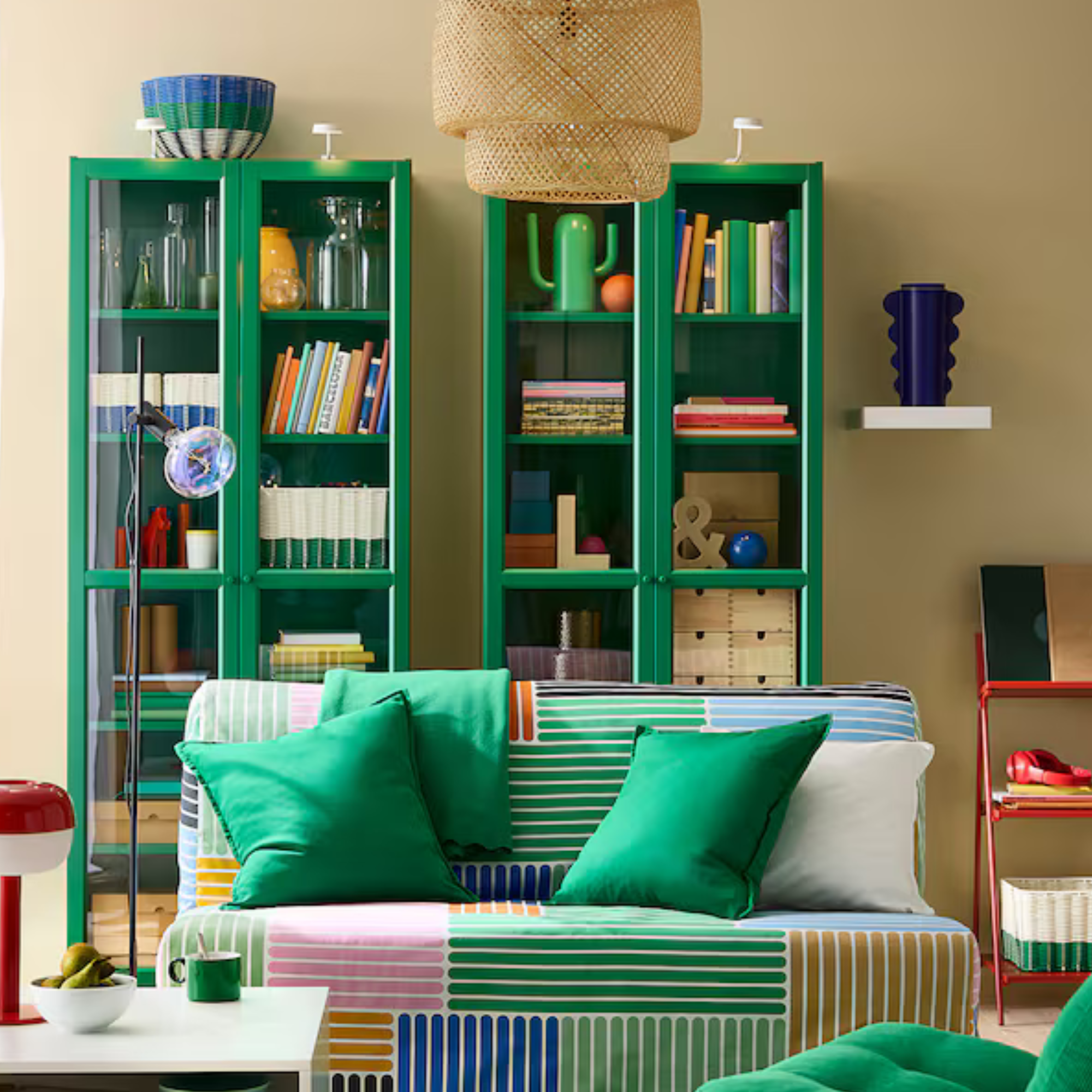 IKEA has drenched its BILLY bookcase in this year’s ‘it’ colour - but you’ll have to act fast if you want to get your hands on one
IKEA has drenched its BILLY bookcase in this year’s ‘it’ colour - but you’ll have to act fast if you want to get your hands on oneI'm obsessed with this gorgeous limited-edition colourway
By Kezia Reynolds
-
 My go-to Ninja coffee machine just had a major price drop. It's more affordable than I've seen it before
My go-to Ninja coffee machine just had a major price drop. It's more affordable than I've seen it beforeIt makes coffee shop quality achievable at home
By Molly Cleary
-
 I'm a kitchen decor editor and didn't like this tableware trend - until I saw H&M Home's designer-look plates
I'm a kitchen decor editor and didn't like this tableware trend - until I saw H&M Home's designer-look platesThey made it easy to justify a new crockery set
By Holly Cockburn
-
 Have we just had a sneak peek at Ninja's plans for pastel air fryers? These new US-exclusive Crispi colours are giving us hope for the same in the UK
Have we just had a sneak peek at Ninja's plans for pastel air fryers? These new US-exclusive Crispi colours are giving us hope for the same in the UKNinja's spring colours collection i the US has sparked some serious appliance envy
By Molly Cleary
-
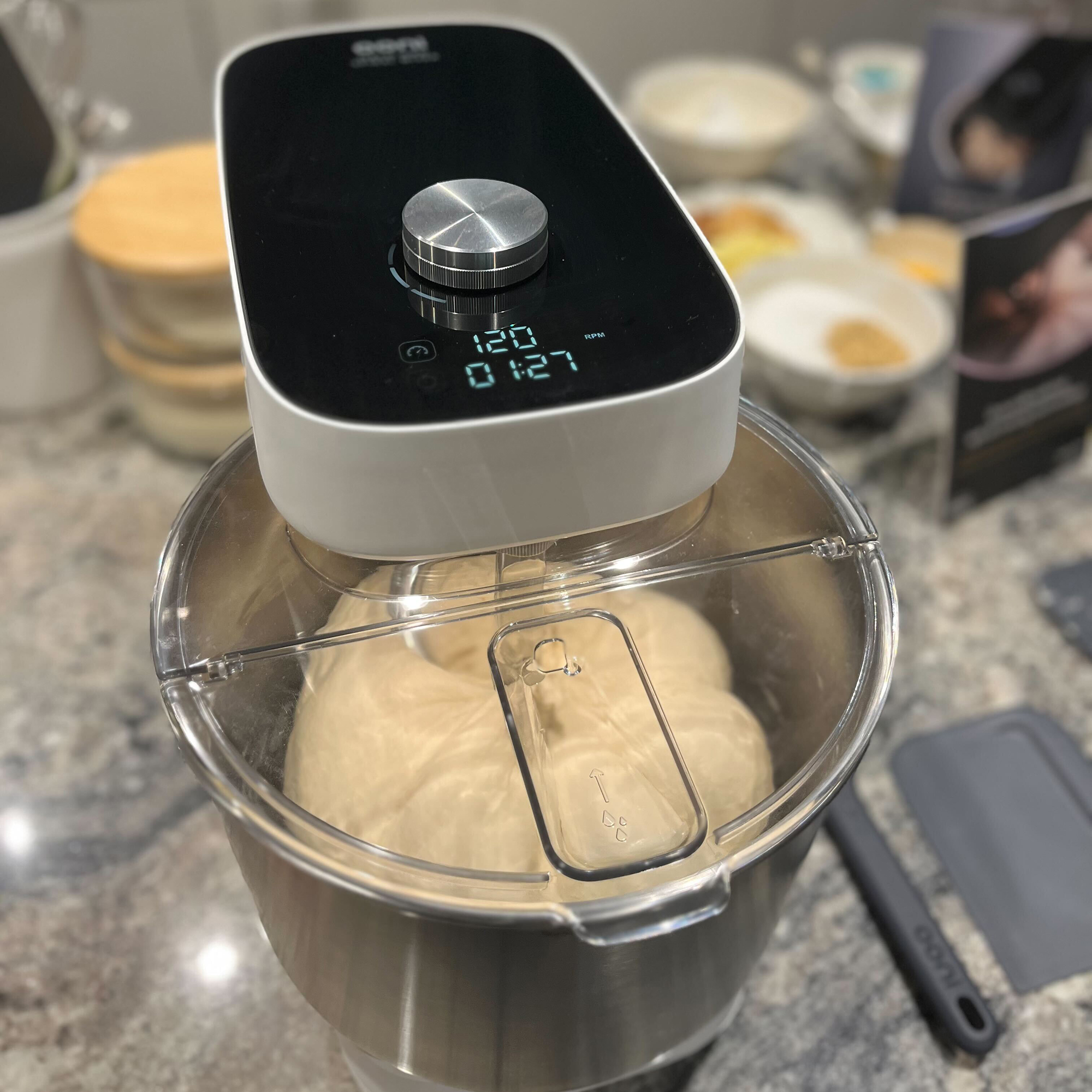 I'm suffering serious kitchen appliance envy over Ooni's new standmixer that sold out in 4 hours, but it's finally back in stock
I'm suffering serious kitchen appliance envy over Ooni's new standmixer that sold out in 4 hours, but it's finally back in stockHere's why the Ooni Halo Pro Spiral mixer is a big deal for at-home breadmakers
By Molly Cleary
-
 I’ve been looking for a new signature scent for my home and The White Company's new fragrance is the exact summer holiday smell I needed
I’ve been looking for a new signature scent for my home and The White Company's new fragrance is the exact summer holiday smell I neededSantorini smells fresh, summery and sophisticated
By Kezia Reynolds
-
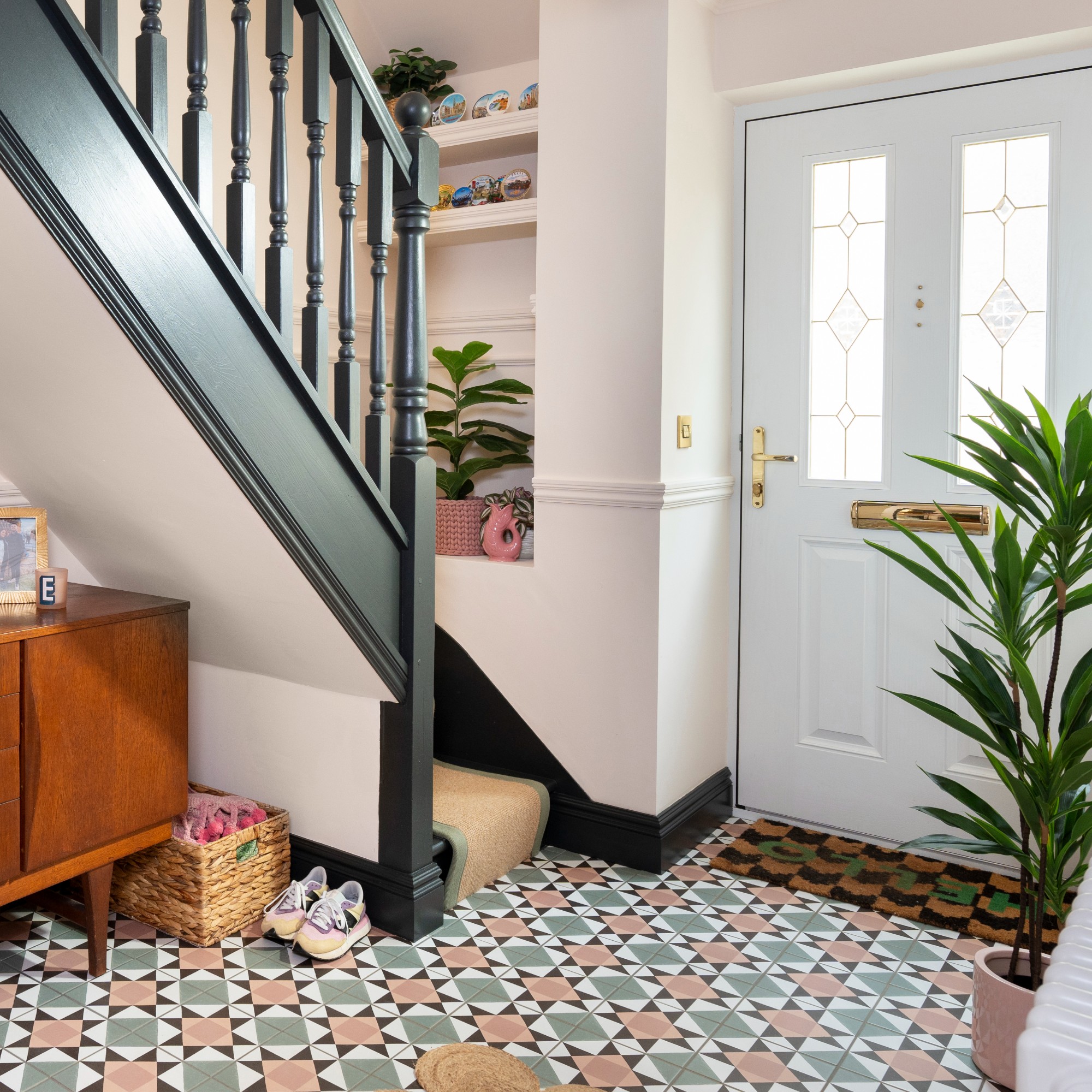 Should your doormat go inside or outside the front door? According to experts I've been getting it wrong for years
Should your doormat go inside or outside the front door? According to experts I've been getting it wrong for yearsExperts reveal the best spot for a a doormat based on your preferences and where you live
By Sara Hesikova